Groundwater Heat Pump
In the case of a groundwater heat pump, there is generally a limit to the amount of heat that can be taken from / released to this groundwater. The following sections show how to model this type of system in Sympheny, for the three following operation modes:
Heating mode (Heat pump)
Cooling mode (Reversible heat pump)
Free cooling (HEX, Heat pump is bypassed)
It should be noted that each of these modes can be modelled on its own. Modes of a technology can be spotted by their names: each mode has its mode number appended to the name of the technology (e.g. ‘Groundwater HP 1’, ‘Groundwater HP 2’ and ‘Groundwater HP 3’ are the operation modes of one single technology.

Figure 25- System Diagram for a groundwater heat pump with 3 modes
1. Heating mode (heat pump)
Set-up summary
Energy Carriers | Energy Demands | Imports | Supply technology |
|
|
| Groundwater HP |
Electricity |
| X | Primary Input |
Groundwater |
| X | Input |
Heat 30-40°C | X |
| (primary) Output |
Set-up Implementation
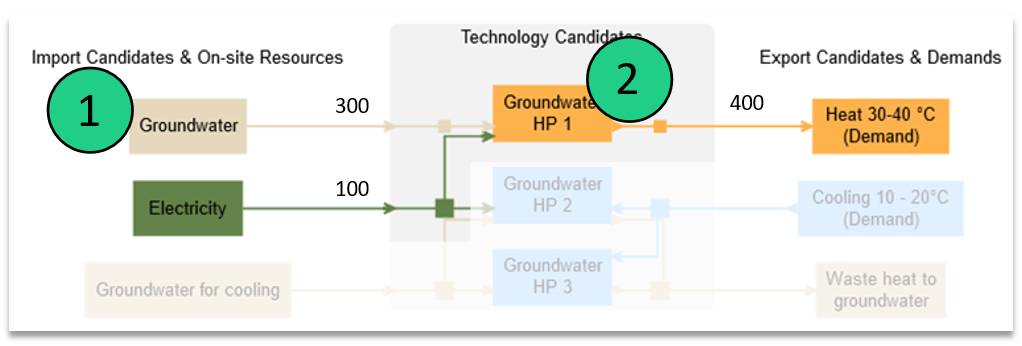
The heating mode follows the exact same principles as the model of the air-source heat pump in section 2.1. In this case, adding a cap on the maximum allowable amount of important 'groundwater' is straight forward.
Within the Imports & Exports tab, the maximum allowable amount of the 'groundwater' energy carrier can be capped to represent environmental / legal constraints, or the technical capacity of the groundwater pump.
In the results, the final amount of imported ‘groundwater' will represent the heat that will be taken out of the groundwater, hence the cooling effect on the groundwater.
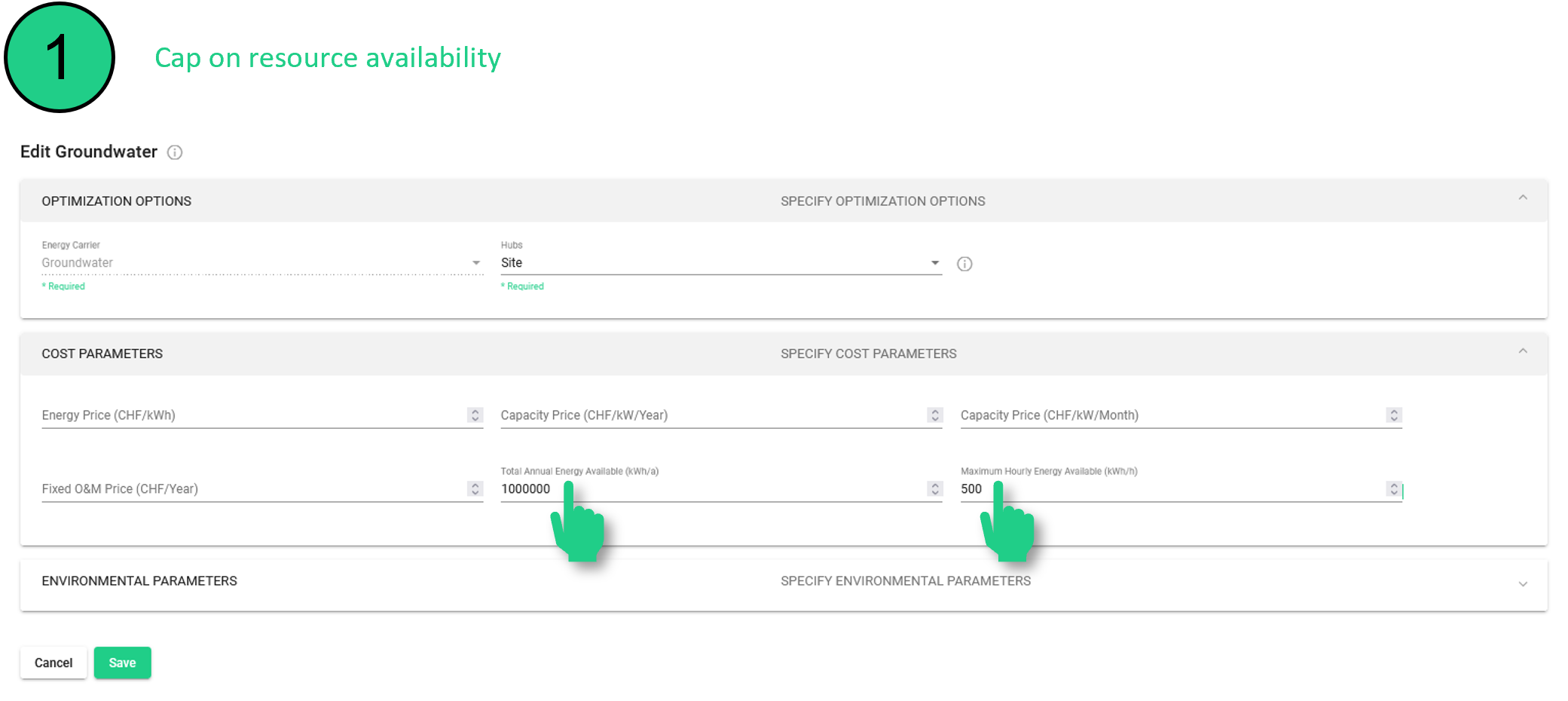
Figure 27 Introduction of a limit of a resource availability
The heating mode is defined within the supply technology tab. The efficiency of the outputs is defined with respect to the primary energy input. To correctly represent the COP in the case of a heat pump, the primary input must be electricity.
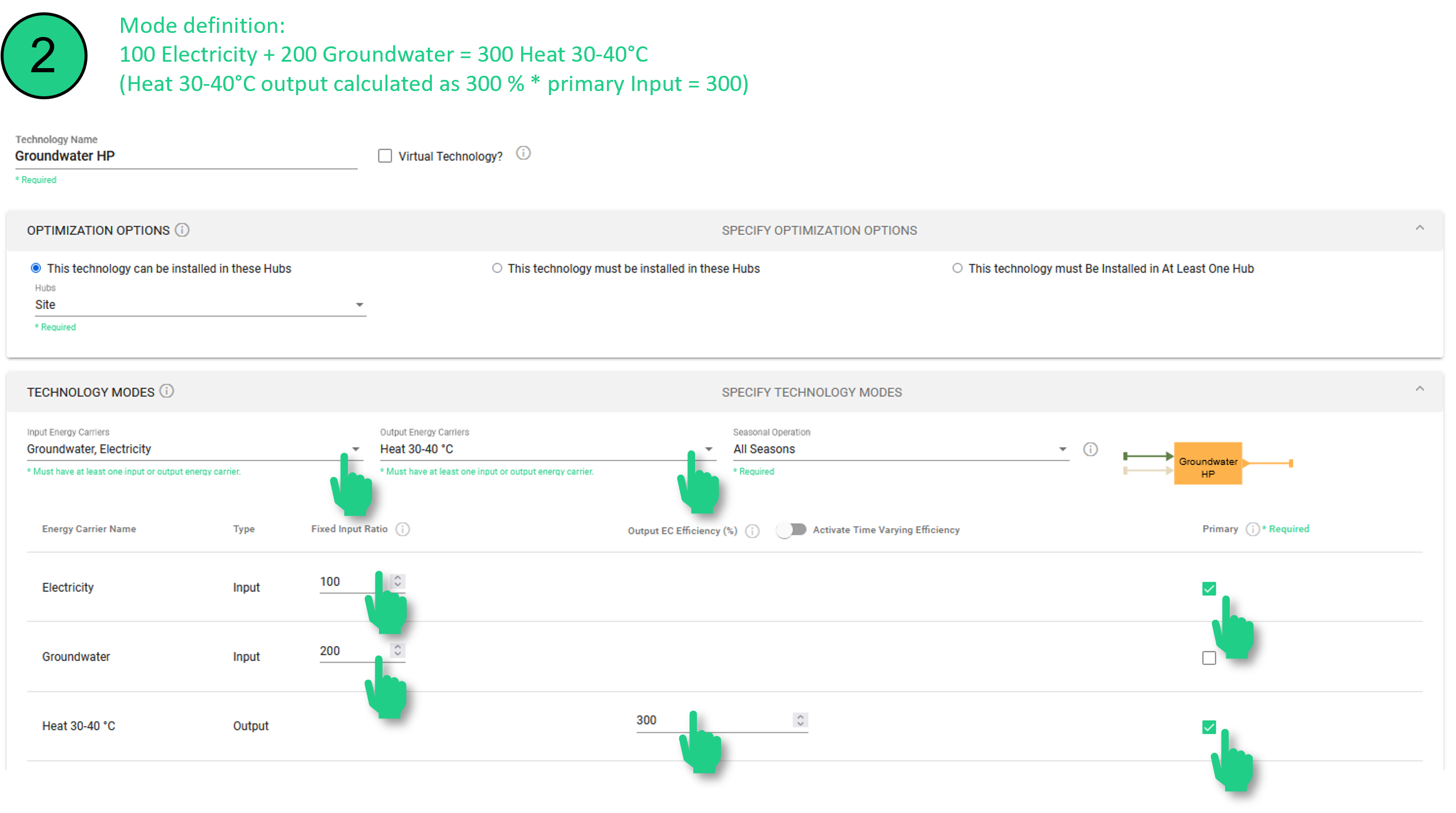
Figure 28 Mode definition for a groundwater heat pump with 3 modes
2. Cooling mode (Reversible heat pump)
Set-up summary
Energy Carriers | Energy Demands | Imports | Exports | Supply technology |
Groundwater HP For cooling | ||||
Electricity |
| X |
| Primary Input |
Groundwater for cooling |
| X |
| Input |
Cooling 10-20°C | X |
|
| Primary Output |
Waste heat to groundwater |
|
| X | Output |
Set-up Implementation
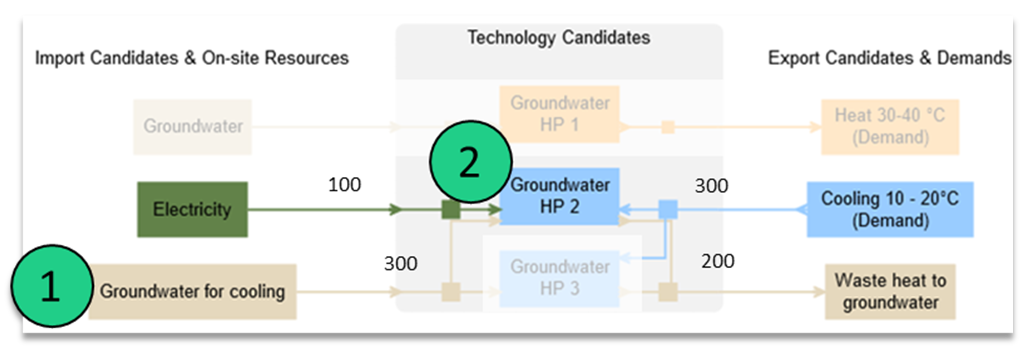
Figure 29 Set-up implementation for mode 2 of a groundwater heat pump with 3 modes
In this mode, the heat pump is producing cooling (and waste heat). Therefore, the mode is defined with two outputs: cooling and waste heat to the groundwater. As it is not yet possible to integrate a maximum exportable amount of an energy carrier, a work around, using the imported energy carrier ‘groundwater for cooling’ is used.
To consider the environmental constraints (which can up to now only be considered in imported resources), the technology also includes a dummy energy carrier ‘Groundwater for cooling’, which allows to account for the environmental / legal constraints.
When importing this technology, set the correct maximum yearly availability and/or maximum hourly energy availability
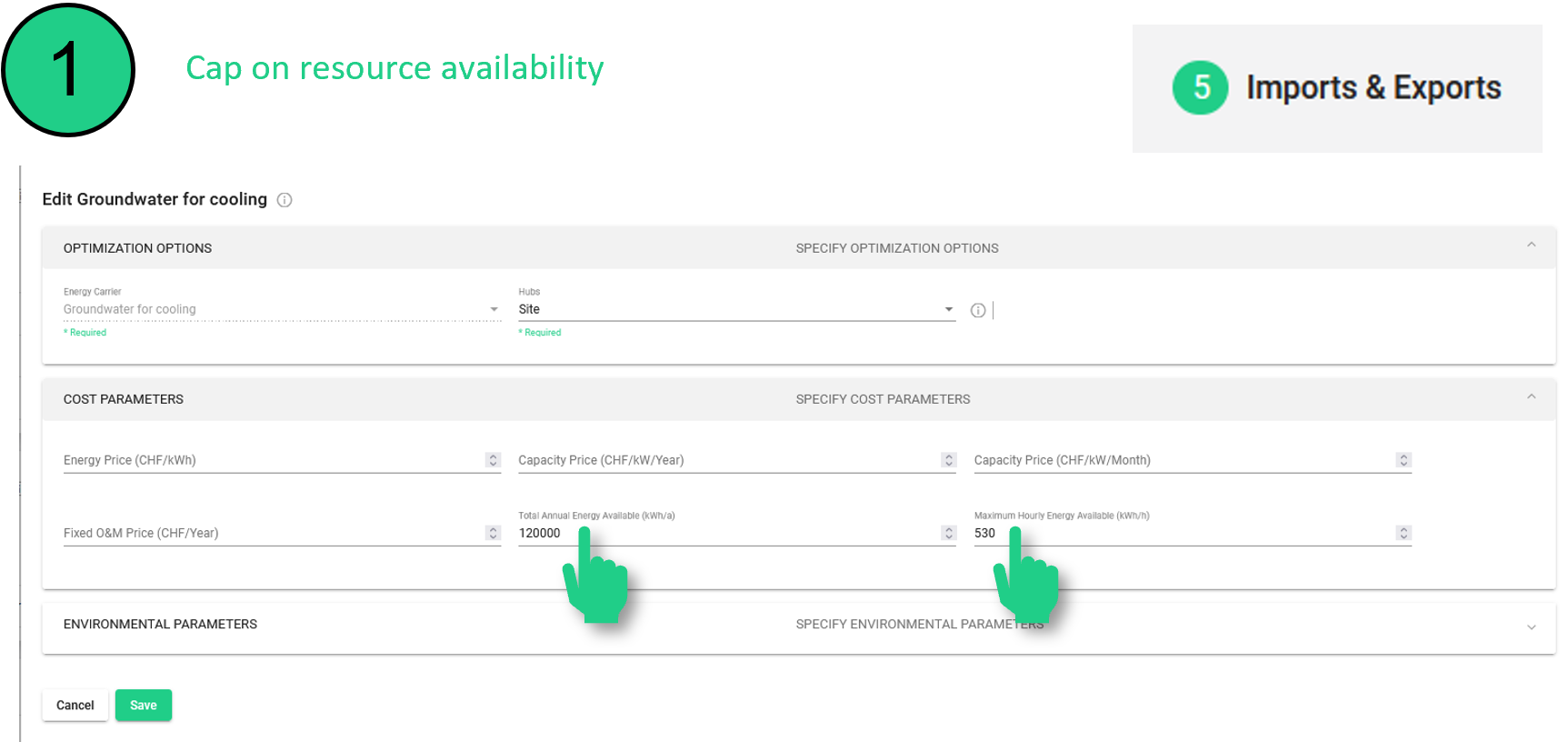
Figure 30 Introduction of a cap on resources for a groundwater heat pump in mode 2
Within the conversion technology modelling, this energy carrier will mirror the energy carrier of waste heat to the groundwater. This will therefore automatically also limit the energy carrier ‘waste heat to groundwater’.

Figure 31 Mode definition 2 for a groundwater heat pump with 3 modes
3. Free cooling (HEX, Heat pump is bypassed)
This mode considers free cooling. The principle is the same than for mode 2, except that a heat exchanger (HEX) is modelled instead of a heat pump.
Set-up summary
Energy Carriers | Energy Demands | Imports | Exports | Supply technology |
Groundwater Free Cooling | ||||
Groundwater for cooling |
| X |
| (primary) Input |
Cooling 10-20°C | X |
|
| Primary Output |
Waste heat to groundwater |
|
| X | Output |
Set-up Implementation
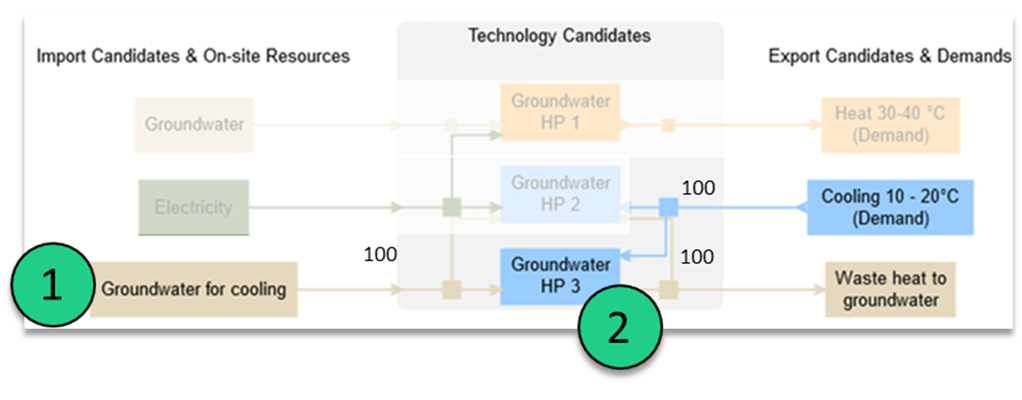
Figure 32 Set-up implementation for mode 3 of a groundwater heat pump with 3 modes
Same as for Mode 2, to consider the environmental constrains, the HEX mode definition includes a dummy energy carrier ‘groundwater for cooling’, which mirrors the ‘Waste heat to the groundwater’ energy carrier. In this example, the constraint set up to the ‘groundwater for cooling’ is valid for the modes 2 and 3 (as there are working on this same exact resource). If you already have modelled the energy carrier “groundwater for cooling”, you do not need to do so again.

Figure 33 Introduction of a cap on resources for a groundwater heat pump in mode 3
In the definition of the mode, a seasonal operation is added (top right in the image below), to consider that free cooling cannot directly happen in summer (hypothesis that the water is too warm in summer, must be adapted depending on local conditions). A similar setup could be defined for a heat pump using a lake or river water source with seasonally varying temperature.
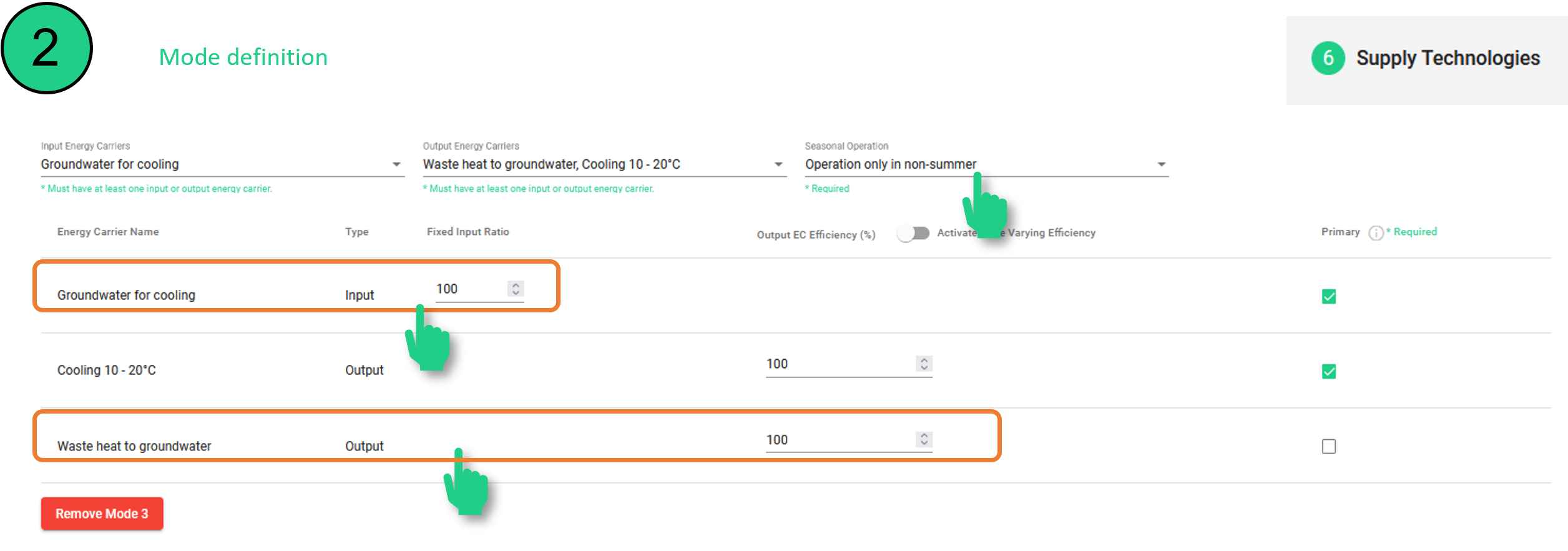
Figure 34 Mode definition 3 for a groundwater heat pump with 3 modes
Optionally, for a more detailed modelling, the output efficiency can be entered with monthly efficiencies, by activating the time-varying efficiency toggle. This allows to account, for instance, for the effects of different temperature levels of the ambient heat on heat pump operation.
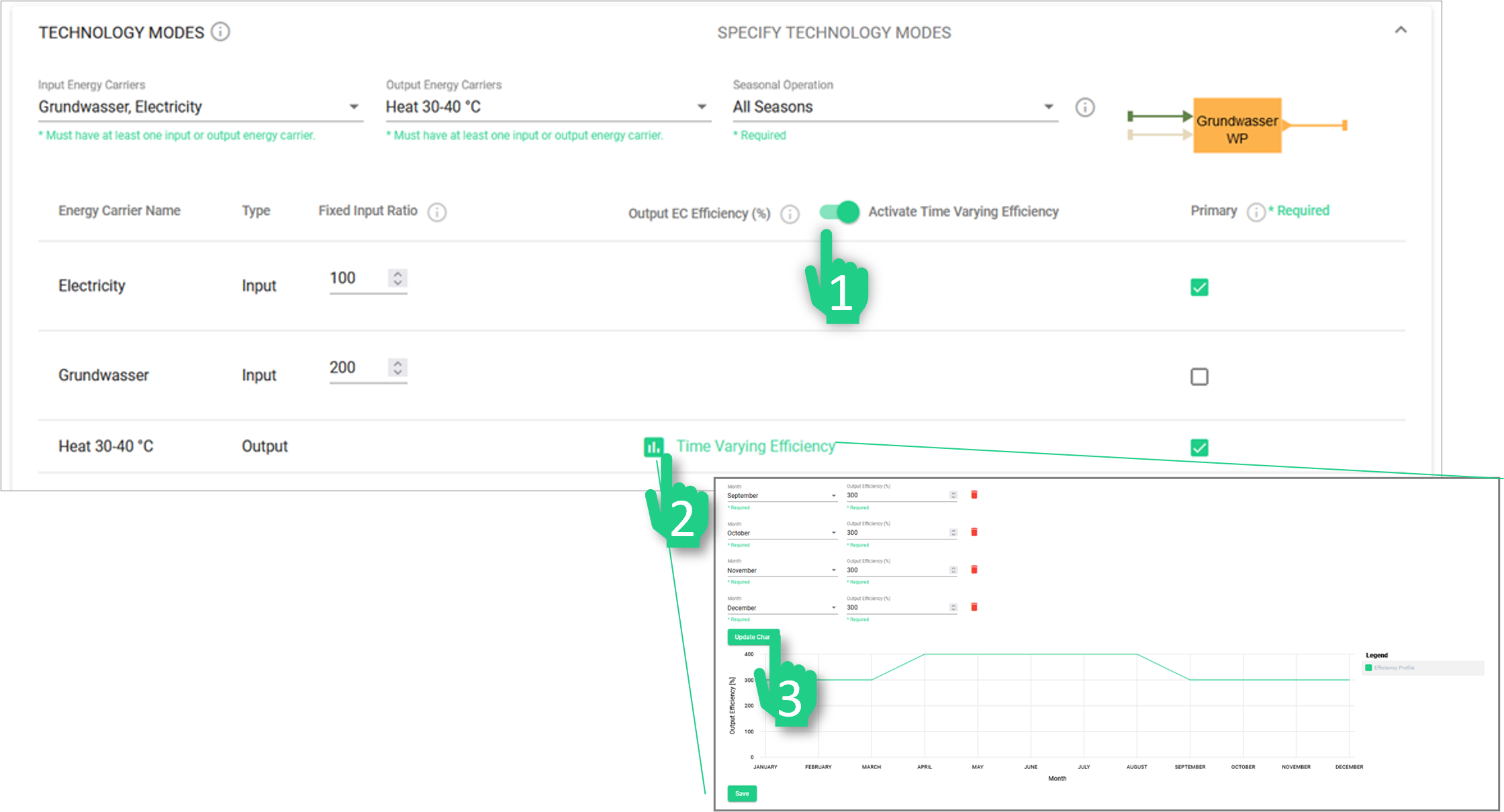
Figure 35 Definition of the seasonal efficiency for a heat pump
